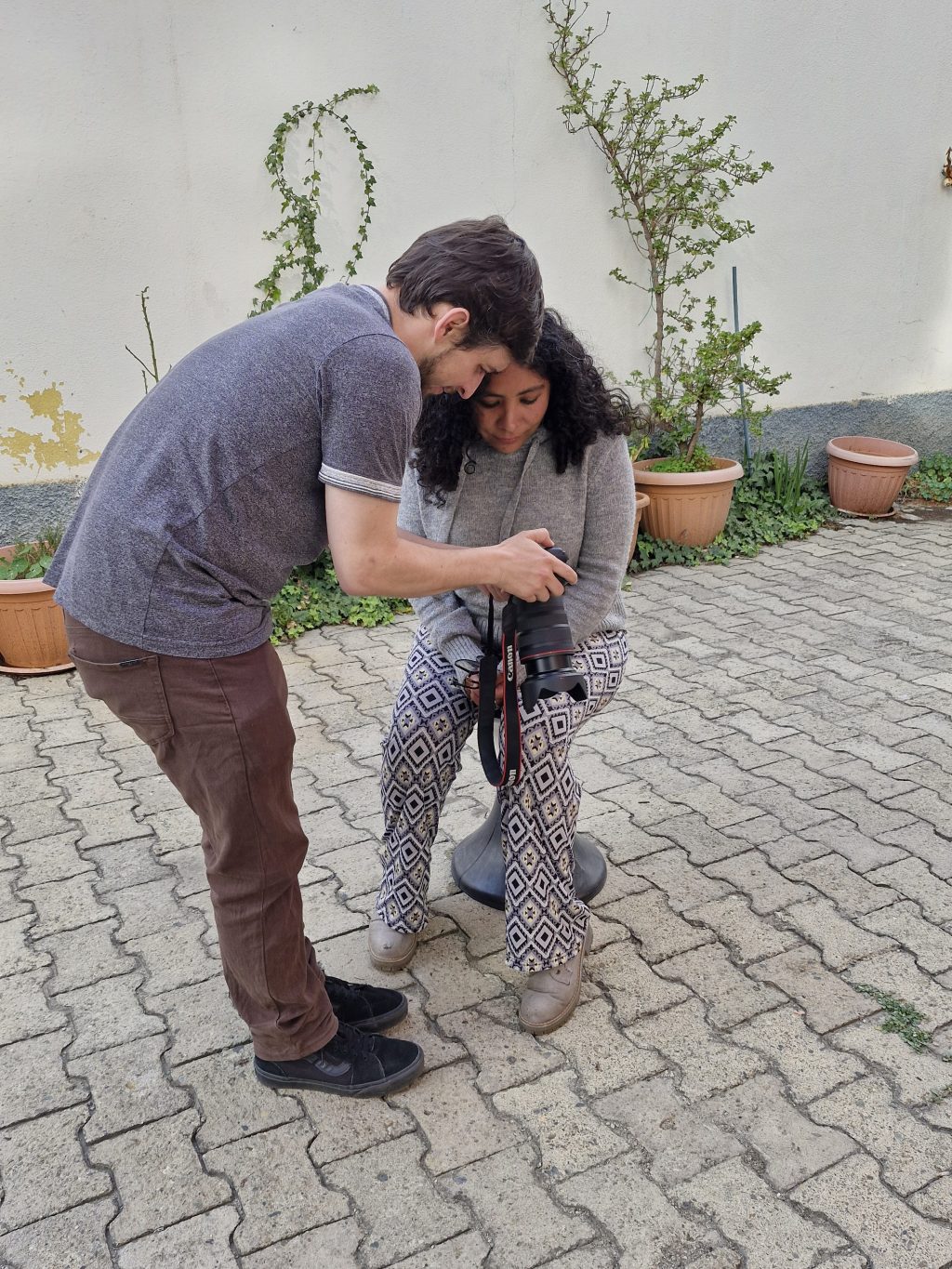Did you know that there are two species of Capybaras and their scientific names aregreater capybara (Hydrochoerus hydrochaeris) and the lesser capybara (Hydrochoerus isthmius)? It’s true, and it’s the kind of information you can find on Wikipedia thanks to people who share their knowledge, like the team of Bolivian biologists with whom we shared our first identification party.
But let’s roll back for a moment.
Last March we established a strategic alliance with WCS Bolivia to closely follow the development of the challenge Reto Ciudad Naturaleza – RCN (Nature City Challenge). This event represented a call to upload the highest possible amount of pictures of flora and fauna from five cities in the country – focusing on enabling high school students to promote informed citizen action for the preservation of biodiversity. We hopped on buses with students, to discover protected areas in the Municipality, and we tagged along on guided tours that were arranged with the goal of identifying plants and birds that live in these habitats. These walks were also the perfect opportunity to use the iNaturalist app, which allowed sharing images directly to Wikimedia Commons.
Our alliance with WCS Bolivia is based on shared aspects that allow us to complement the work we do at Wikimedistas de Bolivia. That’s why we organized these activities: to raise a scientific community of people who are acquainted with Wikipedia resources and tools, and who may contribute to free knowledge.
As a part of the activities during Reto Ciudad Naturaleza, identification parties were included. These were workdays destined to identifying the binominal names of local flora and fauna species, and then distribute the identified subjects into categories.
As a result of Wiki Loves Earth, Wikimedistas de Bolivia detected some images that were presented in a peculiar way. Some of them simply stated “playing monkey”, “Bolivian animal” or “Bolivian plant” – which were among the most common descriptions we found while evaluating and reviewing the submitted images.
However, these were of great quality a usefulness, and possessed a not-so-common characteristic: the animals portrayed in the images that were contributed to WLE from Bolivia are seen living in their natural environments, while other depictions of fauna on Wikipedia are frequently pictures of animals in captivity.
With that in mind, we hosted a workshop about scientific identification in which the images with the best quality were selected and highlighted to be readily viewed by experts in the field. To this end, the whole team contributed to categorize the individuals by their English language classifications (mammals, arachnids, fish, etc.). The resulting database contains 200-300 images.
Our scientist guides often explained about changes in natural sciences, including updated denominations, species diversification via development of distinctive features through time, recent scientific discussions, as well as some of the works and findings made by bolivians in many fields.
That day we also hosted a Wikimedia Commons workshop. We talked about some of the features of Wikidata when some of the participants commented about their intention to share images of their own field work.
It’s important to highlight that we started by performing a screening of stakeholders in the scientific community in La Paz. We then drafted a brief post on our blog about it. Finally, we reached out to a volunteer photographer who could gather the pictures of all the participants and share them on Commons, so that they may be used in existing or future articles.







We set out to combine the artistic work of photographers who participated in the Wiki Loves Earth campaign with the scientific knowledge of renown Bolivian biologists, with the goal of contributing images that could be used to expand knowledge about flora and fauna on Wikipedia.
And we did it!

Can you help us translate this article?
In order for this article to reach as many people as possible we would like your help. Can you translate this article to get the message out?
Start translation
